-
 bitcoin
bitcoin $109667.069529 USD
-3.03% -
 ethereum
ethereum $3936.685804 USD
-4.07% -
 tether
tether $1.000493 USD
0.01% -
 xrp
xrp $2.771823 USD
-4.74% -
 bnb
bnb $957.805027 USD
-5.34% -
 solana
solana $196.735100 USD
-6.68% -
 usd-coin
usd-coin $0.999727 USD
-0.01% -
 dogecoin
dogecoin $0.227355 USD
-5.12% -
 tron
tron $0.335205 USD
-0.81% -
 cardano
cardano $0.779256 USD
-3.59% -
 ethena-usde
ethena-usde $0.999900 USD
-0.06% -
 hyperliquid
hyperliquid $42.492095 USD
-6.61% -
 chainlink
chainlink $20.501853 USD
-4.34% -
 avalanche
avalanche $28.952606 USD
-11.21% -
 stellar
stellar $0.356038 USD
-3.93%
When was GMX coin issued?
GMX, a decentralized perpetual exchange protocol built on Arbitrum, offers competitive trading fees, a dual-token system, and a dedicated team driving its innovation roadmap in the growing DeFi market.
Nov 20, 2024 at 12:50 pm

A Comprehensive Guide to GMX: Tokenomics, Trading Fees, and Historical Performance
Introduction: Dissecting GMX's Blockchain Journey
GMX is a decentralized perpetual exchange protocol built on Arbitrum, an Ethereum layer-2 scaling solution. This article serves as a comprehensive guide to GMX, encompassing its tokenomics, trading fees, and historical performance.
1. Unveiling GMX's Tokenomics: The Foundation of Value
GMX's tokenomics play a pivotal role in understanding the project's ecosystem and value proposition. Two native tokens are at the heart of GMX: the GMX token and the GLP token.
- GMX Token: The GMX token is the governance token of the GMX protocol. Holders of GMX tokens can participate in governance decisions, such as voting on protocol parameters and upgrades. The token also entitles holders to a portion of the protocol's trading and swap fees.
- GLP Token: The GLP token represents a basket of assets used for providing liquidity to the GMX exchange. GLP holders earn trading fees and a portion of the protocol's swap fees in proportion to their GLP holdings.
2. Delving into GMX's Trading Fees: Competitive Edge in the Market
GMX offers competitive trading fees compared to other decentralized perpetual exchanges. The fee structure is designed to incentivize liquidity providers and ensure the stability of the platform.
- Trading Fees: GMX charges a taker fee for each trade executed on the platform. Taker fees vary based on the market volatility and the size of the trade.
- Maker Fees: GMX rewards users who provide liquidity to the exchange with a maker rebate, effectively reducing their trading fees. Maker rebates are also influenced by market volatility and trade size.
3. Tracing GMX's Historical Performance: A Journey of Growth and Evolution
GMX has witnessed remarkable growth since its inception in September 2021. Key historical milestones include:
- Token Launch: The GMX and GLP tokens were launched in September 2021, marking the official debut of the GMX protocol.
- Arbitrum Integration: GMX integrated with Arbitrum in November 2021, offering low transaction fees and fast execution speeds to users.
- GLP Enhancements: In March 2022, GMX introduced GLP v2, providing increased capital efficiency and a refreshed fee structure to liquidity providers.
4. Unveiling the Competitors in GMX's Market Landscape
GMX's decentralized perpetual exchange faces competition from several notable players in the market:
- dYdX: dYdX is a leading decentralized perpetual exchange known for its high liquidity and user-friendly interface.
- Perpetual Protocol: Perpetual Protocol is another decentralized perpetual exchange offering trading on a range of assets, including cryptocurrencies, commodities, and indices.
5. Analyzing GMX's Strengths and Opportunities: Driving Factors for Success
GMX's strengths and opportunities contribute to its position in the decentralized perpetual exchange market:
- Unique Token Model: GMX's dual-token system incentivizes liquidity provision and governance participation, fostering a sustainable ecosystem.
- Innovation Roadmap: GMX has a dedicated team actively developing the protocol, with focus on enhancing user experience and expanding its product offerings.
- Growing DeFi Market: The decentralized finance (DeFi) market continues to grow, providing a fertile ground for decentralized perpetual exchanges like GMX.
6. Assessing GMX's Weaknesses and Challenges: Areas for Improvement
GMX faces challenges that require strategic navigation:
- Competition: The decentralized perpetual exchange landscape is competitive, with established players and emerging competitors.
- Regulatory Scrutiny: The regulatory landscape for decentralized finance is evolving, and GMX needs to adapt to ensure compliance.
- Market Volatility: GMX's trading fees and liquidity provision are influenced by market volatility, which can impact its revenue and stability.
Disclaimer:info@kdj.com
The information provided is not trading advice. kdj.com does not assume any responsibility for any investments made based on the information provided in this article. Cryptocurrencies are highly volatile and it is highly recommended that you invest with caution after thorough research!
If you believe that the content used on this website infringes your copyright, please contact us immediately (info@kdj.com) and we will delete it promptly.
- AlphaTON's Bold Bet: Toncoin, Balance Sheets, and the Future of Digital Treasuries
- 2025-09-27 04:45:15
- Crypto Kidnapping in Minnesota: A New York Minute Breakdown of the $8 Million Heist
- 2025-09-27 04:25:14
- Avalanche, RUVI, and the Altcoin Rush: What's Fueling the Fire?
- 2025-09-27 04:25:14
- Optimism's Breakdown: Navigating Support Zones for the Next Move
- 2025-09-27 04:45:15
- Linea Price Surges as SWIFT Pilots Blockchain Messaging: A New Era for Global Payments?
- 2025-09-27 04:50:01
- Dogecoin Price Prediction & Crypto Buy: Navigating the Meme Coin Maze
- 2025-09-27 04:50:01
Related knowledge
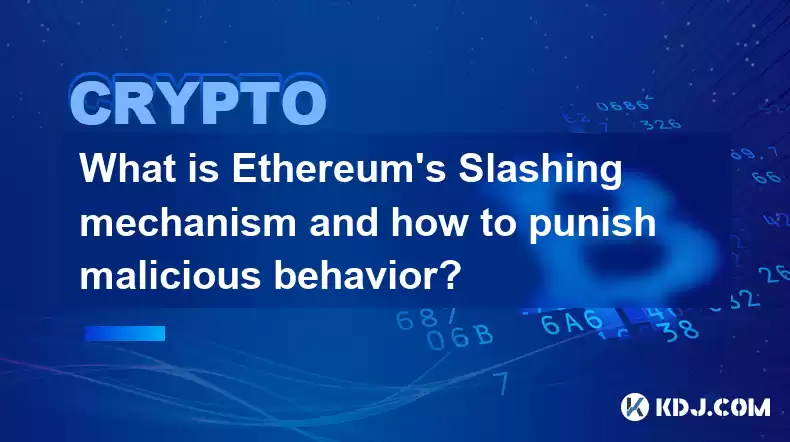
What is Ethereum’s Slashing mechanism and how to punish malicious behavior?
Feb 20,2025 at 03:08am
Key PointsOverview of slashingDifferent types of slashing in EthereumIncentives and consequences of slashingIdentifying and reporting slashed validato...

What is the verifier node of Ethereum and how to become a verifier?
Feb 19,2025 at 06:00pm
The Verifier Node of Ethereum: A Comprehensive GuideKey Points:What is a Verifier Node?How to Become a Verifier NodeResponsibilities and Rewards of a ...
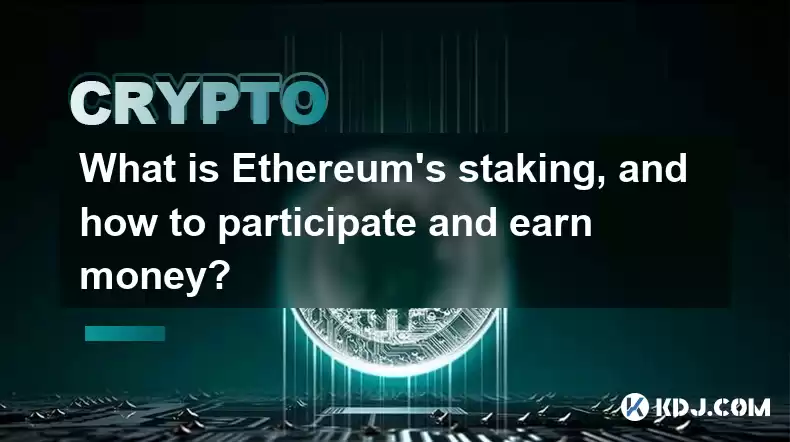
What is Ethereum’s staking, and how to participate and earn money?
Feb 19,2025 at 04:37pm
Key Points:Understanding Ethereum's Staking MechanismSteps to Participate in StakingBenefits and Rewards of StakingSecurity and Risk ConsiderationsTec...
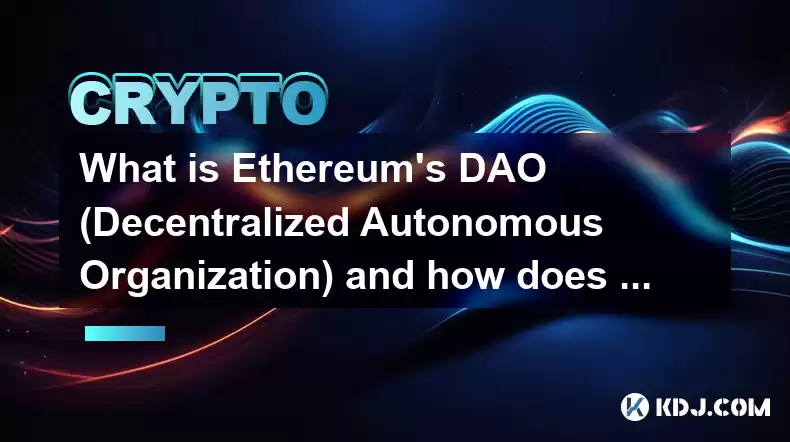
What is Ethereum’s DAO (Decentralized Autonomous Organization) and how does it work?
Feb 20,2025 at 03:12am
Key PointsDefinition and Structure of a DAOGovernance and Decision-Making in DAOsBenefits and Use Cases of DAOsChallenges and Limitations of DAOsWhat ...
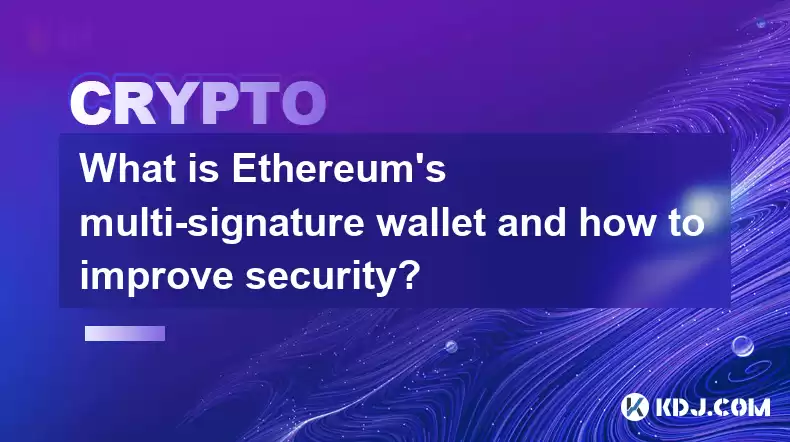
What is Ethereum's multi-signature wallet and how to improve security?
Feb 20,2025 at 02:18pm
Key Points:Understanding the Concept of a Multi-Signature WalletBenefits and Drawbacks of Multisig WalletsRequirements for Setting Up a Multisig Walle...
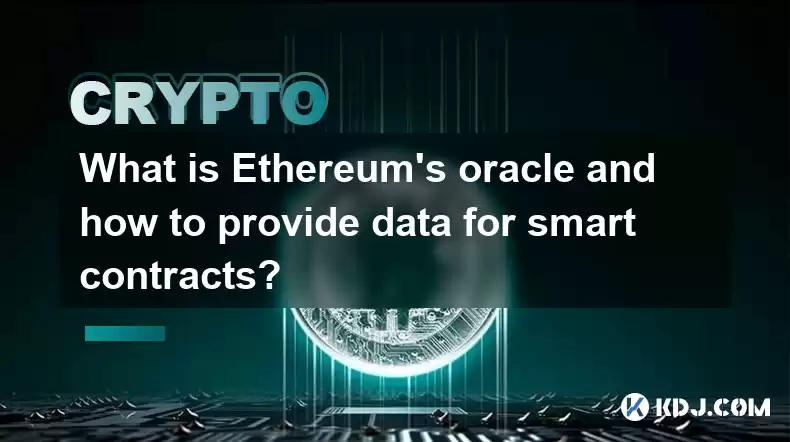
What is Ethereum's oracle and how to provide data for smart contracts?
Feb 21,2025 at 01:30am
Key Points:Understanding the concept of oracles in EthereumExploring different types of oraclesDetailed guide on how to provide data for smart contrac...

What is Ethereum’s Slashing mechanism and how to punish malicious behavior?
Feb 20,2025 at 03:08am
Key PointsOverview of slashingDifferent types of slashing in EthereumIncentives and consequences of slashingIdentifying and reporting slashed validato...

What is the verifier node of Ethereum and how to become a verifier?
Feb 19,2025 at 06:00pm
The Verifier Node of Ethereum: A Comprehensive GuideKey Points:What is a Verifier Node?How to Become a Verifier NodeResponsibilities and Rewards of a ...

What is Ethereum’s staking, and how to participate and earn money?
Feb 19,2025 at 04:37pm
Key Points:Understanding Ethereum's Staking MechanismSteps to Participate in StakingBenefits and Rewards of StakingSecurity and Risk ConsiderationsTec...

What is Ethereum’s DAO (Decentralized Autonomous Organization) and how does it work?
Feb 20,2025 at 03:12am
Key PointsDefinition and Structure of a DAOGovernance and Decision-Making in DAOsBenefits and Use Cases of DAOsChallenges and Limitations of DAOsWhat ...

What is Ethereum's multi-signature wallet and how to improve security?
Feb 20,2025 at 02:18pm
Key Points:Understanding the Concept of a Multi-Signature WalletBenefits and Drawbacks of Multisig WalletsRequirements for Setting Up a Multisig Walle...

What is Ethereum's oracle and how to provide data for smart contracts?
Feb 21,2025 at 01:30am
Key Points:Understanding the concept of oracles in EthereumExploring different types of oraclesDetailed guide on how to provide data for smart contrac...
See all articles










































































